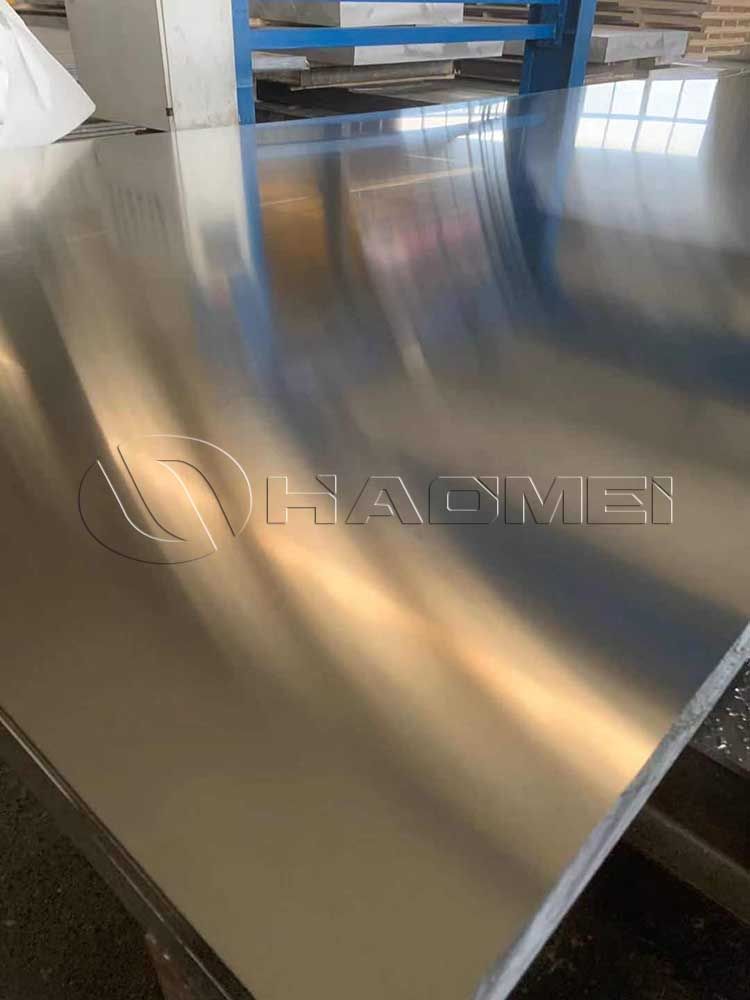The Common Tempers of 5083 Aluminum in Shipbuilding
In the field of shipbuilding, the choice of materials is directly related to the safety, durability and economy of the hull. Marine grade aluminium 5083 has become one of the core materials for modern shipbuilding due to its excellent corrosion resistance, high strength and lightweight characteristics. And its different tempers determine its applicability in various parts of the ship.

Basic properties of 5083 aluminum sheet
5083 aluminum is an Al-Mg rust-proof aluminum alloy, containing about 4.5% magnesium, 0.7% manganese and 0.25% chromium. These alloying elements give it the following characteristics:
Corrosion resistance: excellent performance in marine environments, especially seawater corrosion resistance;
High strength: yield strength can reach 275MPa, tensile strength is about 310MPa;
Weldability: easy to weld, suitable for processing complex hull structures;
Lightweight: density is about 1/3 of steel, significantly reducing the weight of the ship and improving fuel efficiency.
Common tempers of 5083 aluminum plate
1. 5083-O
Process: complete annealing, material softening;
Features: extremely low strength, extremely high ductility;
Applications: parts that require complex bending or deep drawing (such as fairings, special heads);
Limitations: additional heat treatment is required for strengthening, and the cost is relatively high.
2. 5083-H111
Process: H111 temper is the transitional form between O and H321 temper.
Features: strength: 180-200MPa, Tensile strength: 270-300MPa and Elongation: ≥12%.
Application: It is often used in ship decks, bulkheads and other parts with medium requirements for structural strength. They can withstand daily loads and adapt to slight deformation of the hull in waves.
Advantages: 40% higher strength than O state and 15% lighter than H321 state
3. 5083-H321
Process: after cold working and hardening, it is stabilized and has both strength and toughness;
Features: medium strength, good corrosion resistance and fatigue resistance;
Application: hull shell, deck, side structure and other parts that bear alternating loads;
Advantages: balance strength and weldability, suitable for complex welded structures.
4. 5083-H116
Process: After cold working, some residual stress is retained and the surface is specially treated;
Features: excellent seawater corrosion resistance, especially intergranular corrosion resistance at welds;
Applications: underwater parts of ships (such as hulls, keels), oil tank bulkheads, etc.;
Advantages: reduce maintenance costs and extend the service life of ships.
5. 5083-T6
Process: artificial aging after solution treatment to improve hardness;
Features: highest strength level, but slightly lower ductility;
Application: ship machinery brackets, heavy equipment bases, etc.;
Note: avoid performance degradation after welding.
5083 H321 and H116 are the mainstream choices for shipbuilding, taking into account strength, corrosion resistance and processability; while O and T6 are for special needs. Welcome to inquire 5083 o h111 and other tempers from us directly.
Original Source:https://www.marinealu.com/a/the-common-tempers-of-5083-aluminum-in-shipbuilding.html
Tags: marine grade aluminium 5083 ,
Prev:The Function of Aluminium Pipe Connectors in Boat Building
Next:Which Welding Methods Is Aluminum Filler Rod Applicable For